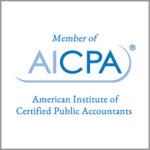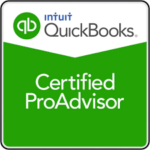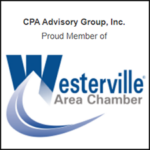From NerdWallet/MarketWatch.com —
The Paycheck Protection Program provides fully forgivable loans to small businesses struggling through the coronavirus pandemic. But applying for that forgiveness can be daunting, especially for business owners who have limited resources at their disposal.
Contact Us
If you have questions about your PPP loan from 2020, or applying for a second in 2021, contact the experts at Pinnacle CPA Advisory Group. Just call our office at (614) 942-1990, email info@cpaagi.com, or fill out the Contact Form at cpaagi.com/contact.
CPA Advisory Group, Inc.
Leading Small Businesses and Individuals to Success






